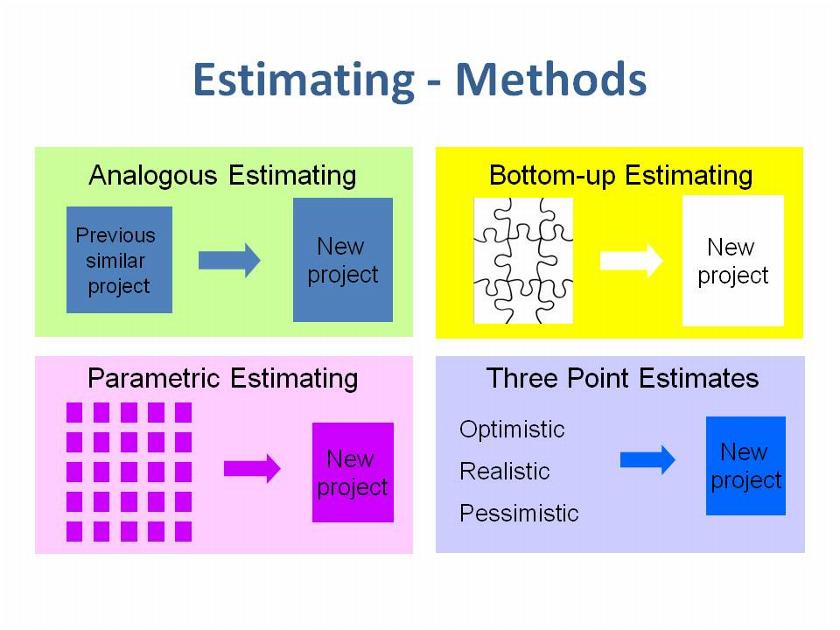Content

Investors may not put their funds in a company that does not reveal all the information. Lastly, you can see the non-operating and other section being subtracted to compute the net income. Below is the general format to prepare the Single-Step Income statement. INVESTMENT BANKING RESOURCESLearn the foundation of Investment banking, financial modeling, valuations and more. One can easily judge how a company performs its important functions indifferent from the other activities done by the company. Get stock recommendations, portfolio guidance, and more from The Motley Fool’s premium services.
Why is the multi-step income statement generally accepted as the best format?
The multi-step income statement is generally accepted as the best format because it provides a more comprehensive view of a company's financial performance. The statement shows the various sources of revenue and the costs associated with producing that revenue. It then calculates the net income for a particular time.
Although a single-step income statement is simpler and easier to understand, it does not provide the level of detail required by an external user. Therefore, public companies and even some private companies to some extent are required to show a multi-step income statement. This is especially a key requirement when these companies go to ask for loan approval from a bank or other financial institutions. Users can gain insights into how a company’s primary business activities generate revenue and affect costs compared to the performance of the non-primary business activities. A multi-step income statement is an alternative to the single-step income statement. Single-step income statements compute net income with a single equation making them easier to use, and yet they still allow a business to see its profits or losses. Both of these income statements give you basic information, such as expenses, revenues, and the profits or losses your business made during the accounting period.
Format of Single Step Income Statement
The single-step income statement gives only a basic view of the entity for the period under consideration. Thus, it may not be useful enough for a person like an investor to make an appropriate decision.
Expenses are recognized when they are incurred, regardless of when the cash is paid. Under the cash basis of accounting, revenue is recognized when the cash is received and expenses are recognized when the cash is paid.
Example of a Single-Step Income Statement
Preparing the single-step income statement involves a simple process using one subtraction to calculate net income. For an expense or income to be called a non-operating activity, it should be an extraordinary item that is not part of the company’s operations. Examples of a non-operating income include gain from the sale of an asset, gain incurred in foreign exchange dealings, dividend income, and profit from investments.
- It is very easy to prepare since it takes fewer calculations and doesn’t split operational and non-operational revenue and expenses.
- It’s available as a 10-K company filing in the SEC’s EDGAR database dated February 23, 2022.
- We Stand by our Reviews and when you Purchase something we’ve Recommended, the commissions we receive help support our Staff and our Research Process.
- I.e., its simple format enables its reader a basic understanding of its affairs.
When calculating gross profit, no other expenditures are included apart from the cash inflow from the sale of goods and cash outflow from the purchase of goods. Companies use the multi-step income statement and the balance sheet for financial ratios analysis. Businesses can benchmark performance with other companies in their industry to find comparables for their type of business. In a true single-step income statement with no subtotals, line items for net revenues https://online-accounting.net/ and costs and expenses are listed with a single total for Net income . Businesses may include a subtotal for Total expenses in a single-step income statement. Add the operating income to the net non-operating expenses and losses as well as the gains and revenues to obtain the net income or loss. In contrast, a multi-step income statement uses three steps to compute the net income and separates the non-operational and operational revenues and expenses.
Multi-Step Income Statement
He is passionate about keeping and making things simple and easy. Running this blog Multi Step Vs Single Step Income Statement since 2009 and trying to explain “Financial Management Concepts in Layman’s Terms”.
- Both a single step and multi step income statement have advantages for reporting.
- You’ll need to isolate which expenses are workable or negotiable.
- The selling expenses are the costs incurred when selling goods to consumers and may include marketing expenses, the salary of sales personnel, and freight charges.
- This gives an idea of how well a business uses its primary/core business activities to make an earning.
- Operating head covers revenues and expenses that directly relate to the primary activities of the business.
- The key difference between a single and multi-step income statement is that a single-step statement uses only one step to calculate the net income, whereas a multi-step statement uses numerous steps.
Large companies sometimes provide single-step summary income statements even if they use the multi-step format for financial reporting. A multi-step income statement is an income statement that segregates total revenue and expenses into operating and non-operating heads. It offers an in-depth analysis of the business’s financial performance in a specific reporting period. It lists items in different categories to make it convenient for users of the income statement to better understand the core operations of the business. A multi-step income statement includes much of the information found in a single-step format, but it makes use of multiple equations to determine the profit, or net income, of a business.